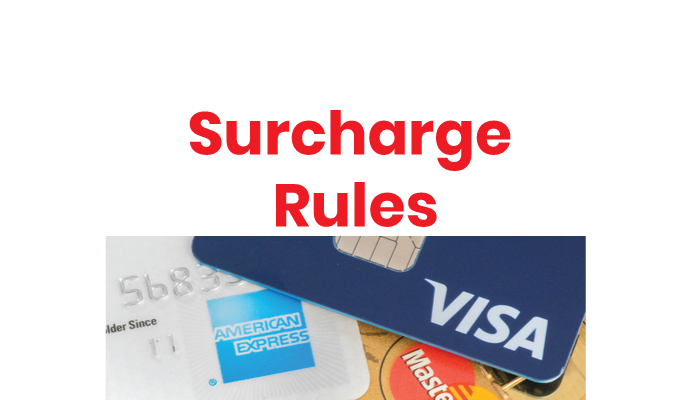
If you’re a consumer or a business owner in New York, you may have heard about the new credit card surcharge rule that has come into effect. This rule has significant implications for how businesses can handle credit card transactions and how consumers might be affected. Here’s what you need to know:
Background
The new credit card surcharge rule in New York stems from a legal battle that started in 2013. Prior to this rule, businesses in New York were not allowed to charge extra fees for customers using credit cards, even though they incurred fees from credit card companies for processing transactions. However, a lawsuit challenged this prohibition, arguing that it violated businesses’ free speech rights by restricting how they communicated prices to customers. This lawsuit eventually led to a change in regulations.
Key Points of the New Rule
- Allowed Surcharge
The new rule permits businesses to impose a surcharge on customers who choose to pay with credit cards. This surcharge is intended to cover the processing fees that businesses incur when customers use credit cards for transactions.
- Limitations
While businesses are now allowed to impose surcharges, they are subject to certain limitations. They must disclose the surcharge amount to customers both in-store and at the point of sale. Additionally, the surcharge cannot exceed the actual cost of processing the credit card transaction, typically capped at 4%.
- Consumer Awareness
One of the primary aims of the new rule is to ensure transparency for consumers. Businesses must clearly communicate the surcharge amount to customers, both verbally and through signage. This allows consumers to make informed decisions about their payment methods and understand any additional costs associated with using credit cards.
- Payment Options
Importantly, businesses cannot impose surcharges on all forms of payment. Debit card transactions, for instance, are exempt from surcharges. Therefore, customers using debit cards will not face any additional fees beyond the purchase price.
Implications for Consumers and Businesses
For Consumers
Increased Transparency: Consumers will have a clearer understanding of the costs associated with using credit cards for transactions.
Payment Choices: With the knowledge of surcharges, consumers may opt for alternative payment methods such as debit cards or cash to avoid additional fees.
Budgeting: Understanding potential surcharges can help consumers budget more effectively, particularly for larger purchases where credit card usage is common.
For Businesses
Revenue Management: Businesses can now recoup some of the costs associated with credit card transactions by passing them on to customers who choose this payment method.
Compliance: It’s crucial for businesses to ensure they comply with the new regulations regarding surcharge disclosure and limitations to avoid potential legal issues.
Customer Communication: Clear and transparent communication regarding surcharges is essential to maintain customer trust and satisfaction.
The new credit card surcharge rule in New York represents a significant shift in how businesses can handle credit card transactions, aiming to balance the interests of businesses and consumers while promoting transparency and fair practices.
By understanding the regulations, maintaining transparency, and leveraging the right payment solutions like TickleCharge, merchants can navigate this landscape effectively while optimizing their payment processes.



